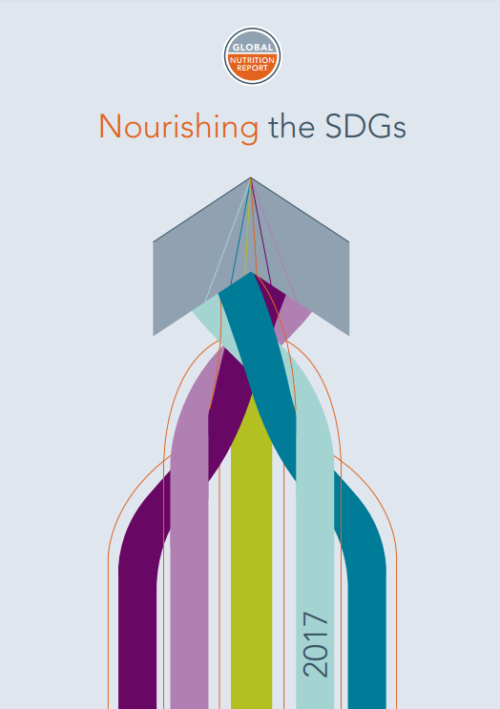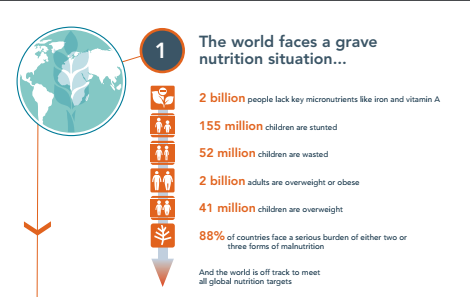The United Nations Food and Agriculture Organization (FAO) has just released the latest iteration of its annual report on the State of Food Insecurity in the World 2012.
It’s bottom line estimate: 870 million people in the world are hungry, 852 million of them in developing countries.
The good news is that this figure represents a decline of 132 million people from 1990-92 to 2010-12, or from 18.6 percent to 12.5 percent of the world’s population. In developing countries, the decline is from 23.2 percent to 14.9 percent.
The not-so-good news: Since 2007-2008, global progress in reducing hunger has slowed and leveled off, and hunger in Africa has gotten worse.
Much of the press attention to the report yawned at the major message but instead focused on errors in the previous estimates, which were higher.
the projections were wrong. They were calculated using figures from non-U.N. sources that were fed into the U.N.’s number-crunching model, because FAO was expected to quickly come up with an estimate of how many people might go hungry from the dual crises of high food prices and the global downturn
The UN bases its hunger projections on figures on population, food supply, food losses, dietary energy requirements, food distribution, and other factors.
The report contains other bad news. While 870 million people remain hungry, the world confronts a double burden of malnutrition: 1.4 billion people are dealing with the consequences of overweight and obesity.
Focusing on the need to address world hunger Sir Gordon Conway, Professor of International Development, Imperial College, London writes in the Huffington Post:
as I set out in my latest book One billion hungry: can we feed the world?, I believe there is reason for optimism. Yes we can feed the world, but only if we accept that agricultural development is the best route to achieving sustainable economic growth in developing countries, and achieve an agriculture that is highly productive, stable, resilient and equitable.
Sounds like a good plan to me. Let’s get busy.







